Colour is a powerful communication tool and can be used to trigger emotion, stimulate actions and influence mood.�Research�suggests that we associate colours with our emotions since emotions and colour vision are both processes of the right hemisphere. More than�85...
Colour is a powerful communication tool and can be used to trigger emotion, stimulate actions and influence mood.�Research�suggests that we associate colours with our emotions since emotions and colour vision are both processes of the right hemisphere. More than�85 percent�of consumers state colour as the primary reason for choosing which products to buy. Similar�research�also found that 90 per cent of impulse buying is based solely on the products� colours. That�s why the psychology of colour is widely used in advertising to influences consumers� emotions, behaviours and perceptions about brands and products.�
What is the Psychology of Colour?
Colour psychology studies how different colours determine human behaviour. It is�noted�that feelings about colour are often personal and rooted in one�s own experience or culture. However, there are still some colour effects that have universal meaning. For example, colour perceptions play an important role in purchases and branding.�
Our brain use colour to recognise traits of products and the brands that produce them. We love�recognisable brands, and this is why colour is incredibly important when creating a brand identity. Additionally, the relationship between colour and brands hinges on the perceived appropriateness of the colour being used for a certain brand�(i.e. does the colour fit the traits of the product/brand).�
Let�s take a look at the following examples and see how colour psychology is applied in marketing.�
Red�
Evokes strong emotions�Encourage appetite�Passion or Intensity�Or love (for roses)�

Red creates a sense of urgency so it is frequently seen in clearance sales. And it generate enthusiasm.
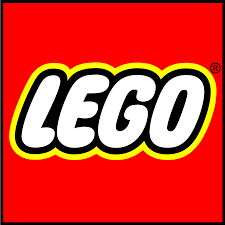



Red also encourages appetite. This is because of its ability to increase heart rate, but it mostly due to�our familiarity with red food marketing campaigns�(see McDonald�s, KFC, Red rooster & Hungry Jack�s etc.) over time. Red is often paired with yellow in fast food company campaigns to instill desires. Marketing experts refers the paring of the two colours as the �Ketchup & Mustard Theory�, and when exposed to the combination of yellow and red, we are subconsciously influenced to feel hungry.�

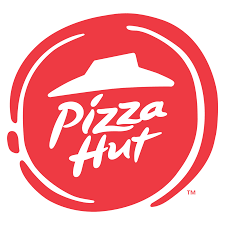

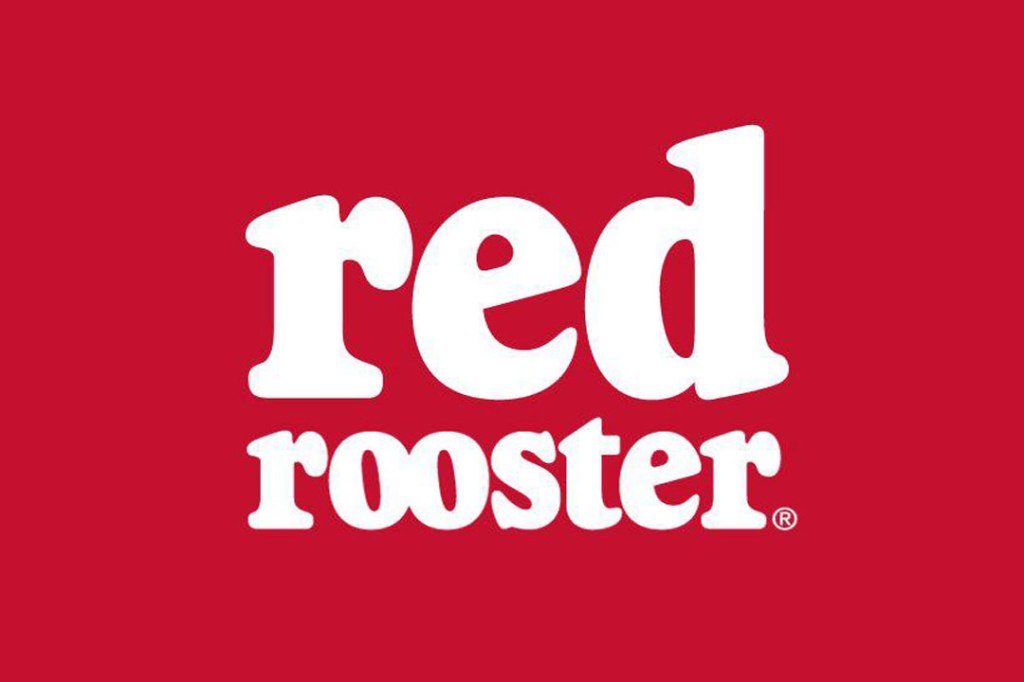
 Famous Restaurant Logos
Famous Restaurant Logos
Blue�
To build a relationship�To inspire your consumers�To make people trust you�To make people feel safe�Blue is the colour symbolizes depth and stability. It is associated with trust, loyalty, wisdom, confidence, intelligence, truth and responsibility.�



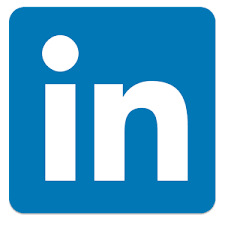

In logos, different shades of blue carry different meanings. For example, dark blue has been heavily seen by technology and automobile brands to signify stability, reliability and confidence.
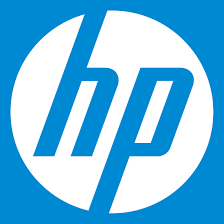
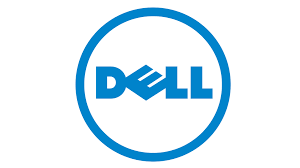
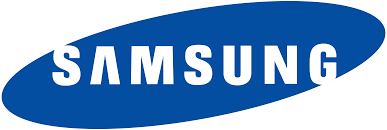

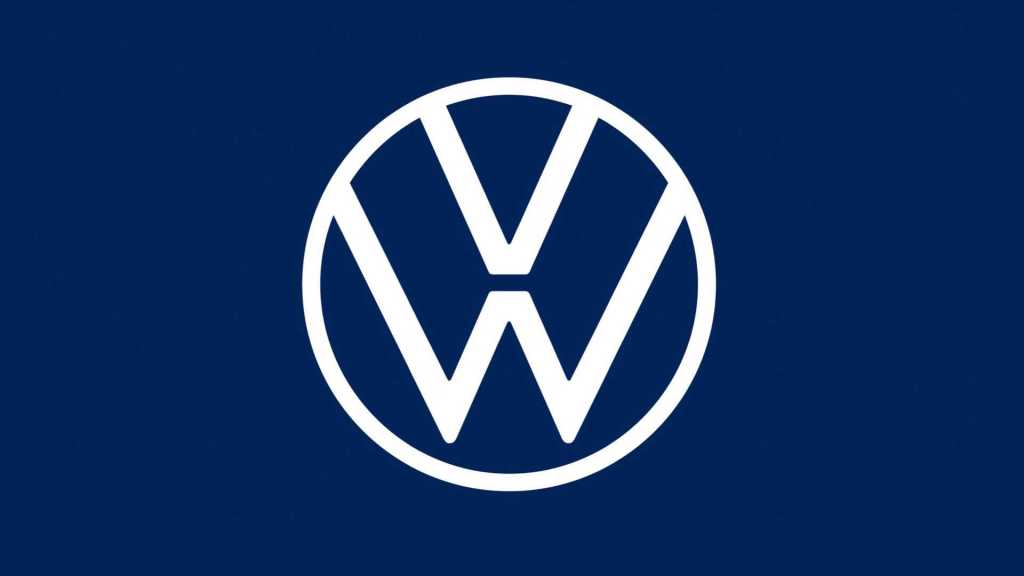
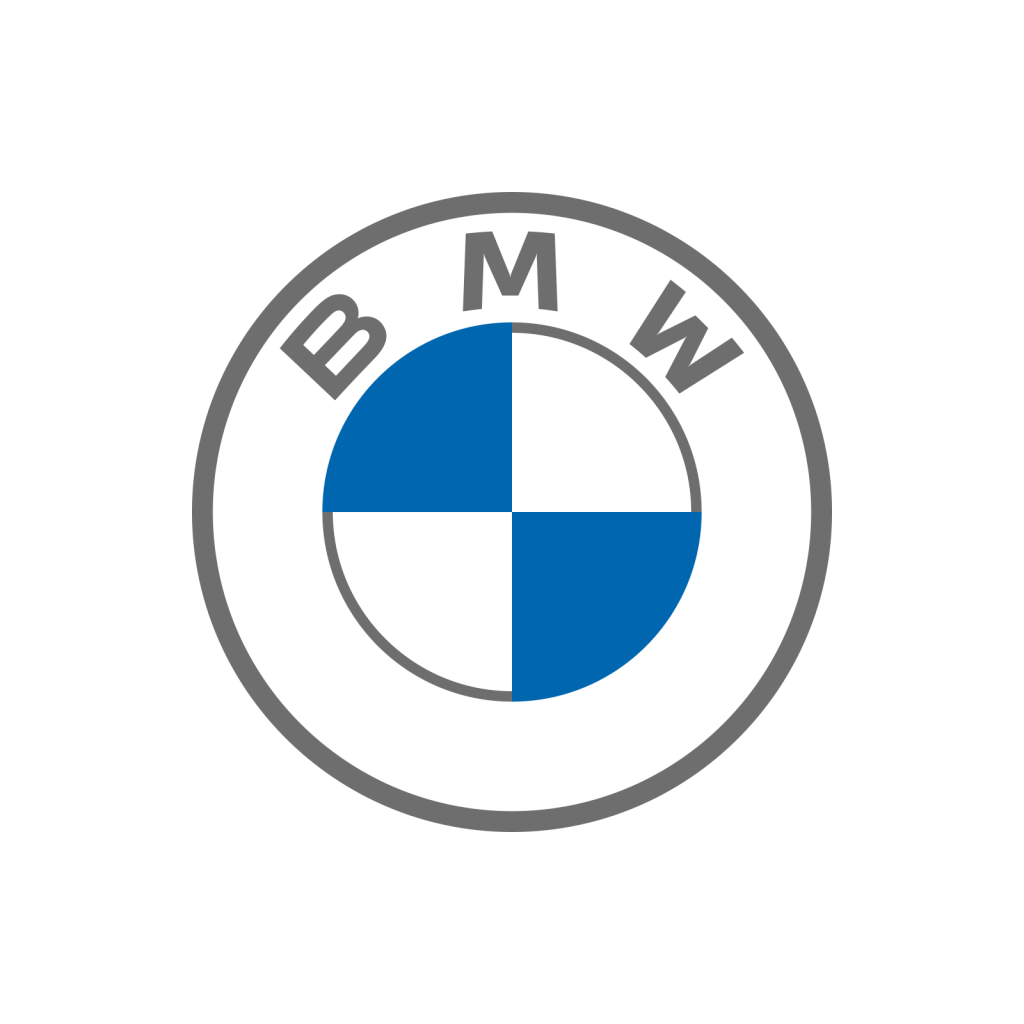

And light blue is heavily adopted in the healthcare and household appliance industries to indicates trust and cleanliness. A�survey�in 2015 found that blue is the world�s favorite colour, so blue is a safe bet for brands with a wide target audience.�
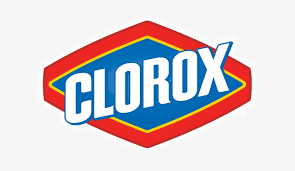
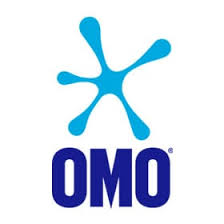

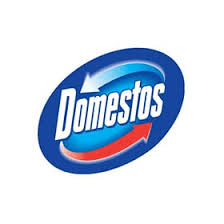


Yellow�
Yellow is a warm colour with a sense of happiness. It is associate with youth, optimistic and playfulness. It can also stimulate alertness and mental clarity. It is the most visible colour and is often used in small amounts to drawing attention in ads and logos.�
Bright yellow is usually used to promote fun and playful products, especially in lifestyles and entertainment brands.

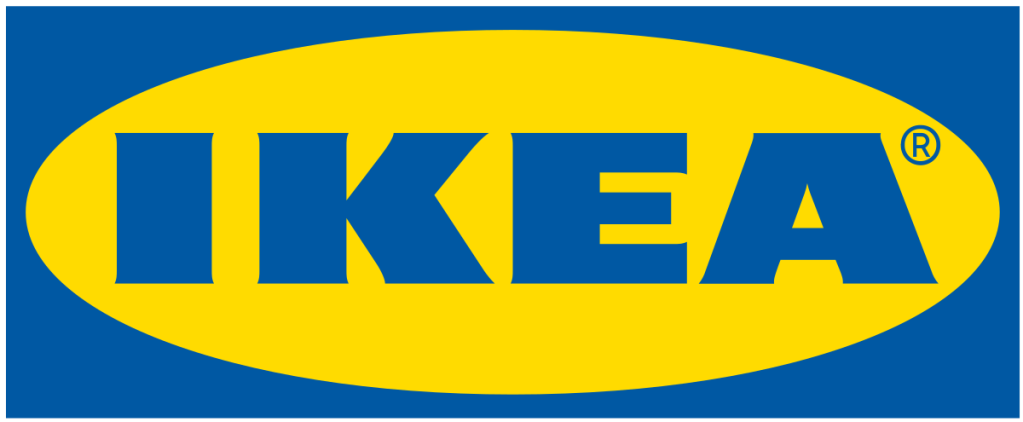

Darker shades of yellow are more likely to be seen on products that are associated with learning, decision-making process and informational use such as post-it and yellowpage.
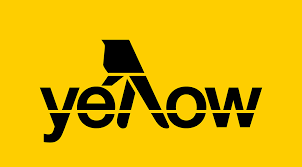


Green�
The feelings of freshness�To relax your consumer�For environmental- and health-related campaigns�Green is the colour of nature, and it symbolises growth. It is associated with peace, security and a feeling of abundance.�
Additionally, green can also be associated with environmental initiatives, �we are going green�.�
Dark greens are commonly found in brands associated with stability and growth, while light green is seen in products related to freshness.�
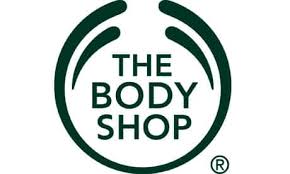






With examples we can see, colour psychology in advertising, when harnessing correctly, can be a very powerful tool. When the brand�s logo has the perfect colour that matches their services or products it offers, and one which simultaneously appeals to the targeted market, the brand and its ads will form the basis of a successful advertising campaign.












